In a June 19, 2015 Tax Court of Canada case (Berger vs. H.M.Q., 2014-4251(IT)I), at issue was whether the taxpayer could claim business losses incurred for the 2011 and 2012 years. During these years, the taxpayer started and operated a sports blog with the intention of selling advertising on the blog, which he did in 2012. The taxpayer incurred expenses which were primarily comprised of travelling expenses to attend the teams’ away games. Prior to 2011 the taxpayer was employed as a sports journalist at a radio station.
Taxpayer wins
The Court found that the taxpayer was carrying on a business and, therefore, was entitled to deduct losses in 2011 and 2012. The Court examined the taxpayer’s “businesslike” behaviour including:
- The taxpayer’s training
For further information see VTN Monthly Tax Update Seminar, Issue No. 408
